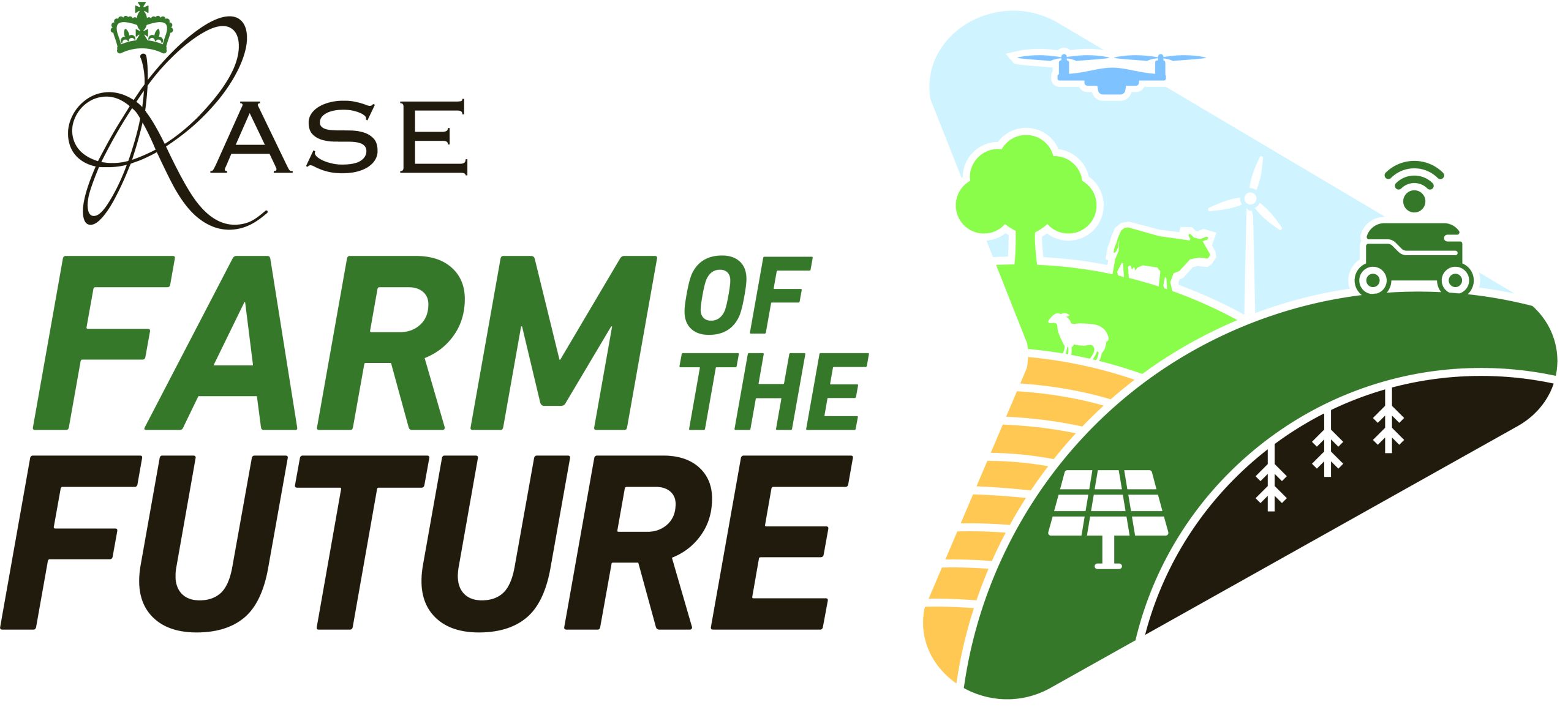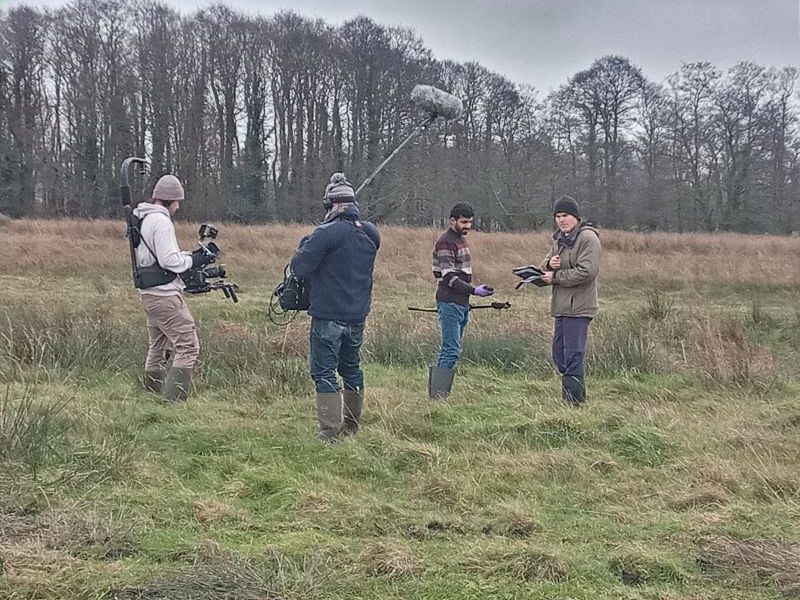The UK’s peatlands are some of the most fertile and productive farming areas, The Fens being a prime example. Whether it’s cereals and oilseeds, root crops or horticulture, these soils are prized. However, they are also under close scrutiny as part of the drive to agriculture meeting net zero emissions.
With policy specialists and researchers warning that crops on peatlands can have emissions up to 30 times greater than those grown in other soils, achieving net zero is challenging. At a recent RASE webinar on peatlands, a panel of experts explained why this is the case, the data involved and the challenges. They also discussed research and practical approaches to help tackle the issue.
Why is there a focus on peatland’s contribution to achieving net zero?
Typical carbon emissions from an arable system are 1-2tCO2e/hectare/year. However, where crops are grown on peatland, taking the emissions from drained and oxidising peat soils into account could increase emissions 30-fold, according to Judith Stuart, Defra’s Peatlands Policy Specialist.
Speaking at the recent RASE webinar, she said changing the way peatland was managed was therefore vital to reach net zero.
Peatland emissions peak on cropland
The reason for the 30-fold increase in emissions is due to the emission factor, or annual emissions associated with farming cropping systems on peat. This varies according to the class of peat, with the largest emissions (37tCO2e/ha/year) from cropland on peat with a depth greater than 40cm, followed by cropland on peat that has undergone significant degradation (26tCO2e/ha/year), where the remaining organic layer is less than 40cm in depth, and then intensive grassland (22tCO2e/ha/year).
Emissions per hectare from upland peat are much lower, and despite being roughly 50% of the peat area, make up less than 10% of England’s peat emissions.
In 2022, emissions from peat in England were just under 8 million tonnes, equivalent to just under 2% of UK’s total emissions. The 250,000ha of cropland and intensive grassland on peat is responsible for 88% of peat emissions from England.
The Climate Change Committee’s view
The UK Government’s Climate Change Committee (CCC) has recently published its advice on setting the emissions reduction target for its seventh carbon budget. A carbon budget places a restriction on the total amount of greenhouse gas emissions that the UK can emit over a five-year period, with the seventh carbon budget running from 2038 to 2042: Peat restoration and management has been identified as a significant source of abatement from the agriculture and land use sector over this period.
By 2050, the CCC’s approach assumes that almost 80% of upland peat is restored. But its assumptions on lowland peat that is much more interesting and challenging, Judith said. It has assumed that almost 60% of lowland peat will be restored by 2050 with water tables at or near the land surface, with a heavy emphasis on cropland due to its higher annual emissions.
It also assumes that by 2050, 10% of lowland cropland area will be farmed at higher water tables, either all year round or seasonally.
What do water tables have to do with it?
Judith explained that Defra has reviewed and continues to review the evidence on the effectiveness of different measures to reduce emissions from drained agricultural land. However, on peatland, it is clear that water table depth is the main control on emissions, and so it must be part of the solution.
She said that for every 10cm decrease in the effective water table depth, there is a 5tCO2e/ha/year decrease in emissions. But she cautioned that this relationship comes from considering emissions from peatlands under different steady state conditions, and not a measure of the abatement that can be delivered through raising the water table.
Current Defra action
Defra is currently funding research to measure the abatement that can be achieved through raising the water table, as well as how to deal with challenges such as water availability and topography. She added that it was also looking at the impact on food security and net emissions from displacing peat production from peat.
The CCC analysis shows one future pathway, but the evidence base in the lowlands continues to evolve, she said, and this will demonstrate how much this abatement will be technically achievable. When private land ownership and farmer choices are taken into account, the uptake of different measures will likely be very different, she added.
The easy wins are done…
Speaking at the webinar, Professor Heiko Balzter, University of Leicester said that previous carbon budget setting exercises in the UK have already led to quite substantial reductions in net carbon emissions, or net greenhouse gas emissions, but we need to go a lot further. However, it becomes more difficult over time because we’ve done the easy things.
More than half of the land use emission reductions by 2040 need to come from peatlands. As part of this, restoration of lowland peatlands needs to rise from 9% to 31% by 2040 – very quickly.
Different peatland uses, different results
Heiko has measured the emissions from different peatland sites in the Fens in East Anglia using flux towers placed in fields, seen as the best method of estimating or measuring soil carbon dioxide emissions.
The flux tower results show Sedge Fen, a semi-natural fen, acts as a net carbon sink of about 300 grams of carbon per square metre per year. Baker’s Fen, which is being restored, has been taken out of agricultural production and is being used as grassland grazed by ponies; it is a source of carbon of about 314 grams/sq m/year. Rosedene, a current agricultural fen is the source of 760 grams/sq m/year, but this varies depending on the crop grown and the weather, he added. Changing the way peatlands are used can make a big difference to the emissions, he said.
Methane too
Research shows that carbon dioxide emissions generally increase with the water table depth becoming lower below the surface. So raising the water table can reduce carbon dioxide emissions from peat mineralisation, he said.
But the trade-off is if we raise it too far. Raising it by more than 20cm below the surface leads to increasing methane emissions because of methanogenic bacteria. There seems to be a sweet spot at around 10cm below the water table depth where net carbon emissions between methane and carbon dioxide are lowest.
A digital approach
Crop options for this ‘sweet spot’ appear limited, and while there’s some trials work on paludiculture (farming with a high water table), Heiko said he believed digital technology would also help. The UK Research and Innovation AI for Net Zero programme is funding work on ‘digital twins’ to provide information to farmers about what land management options they could choose to reduce emissions. A digital twin uses all the data it can find – such as satellite imagery, flux tower results, scientific models, AI and more – combining it to simulate what happens in its ‘physical twin’. Heiko’s research on this is coming to its final stage.
Wrapping up the webinar, he had three thoughts for the future of crops on peatlands:
- How about re wetting peatlands? Which areas can we re wet and raise the water table to the surface?
- What about partial re wetting? How far can we raise the water table and still grow something on those areas?
- And under paludiculture, are there new crop types we can grow under wetter conditions that still allow farmers to produce something that makes money at the same time as reducing GHG emissions?
Watch the webinar in the RASE members resources, or find out how to become a member of the society here.

